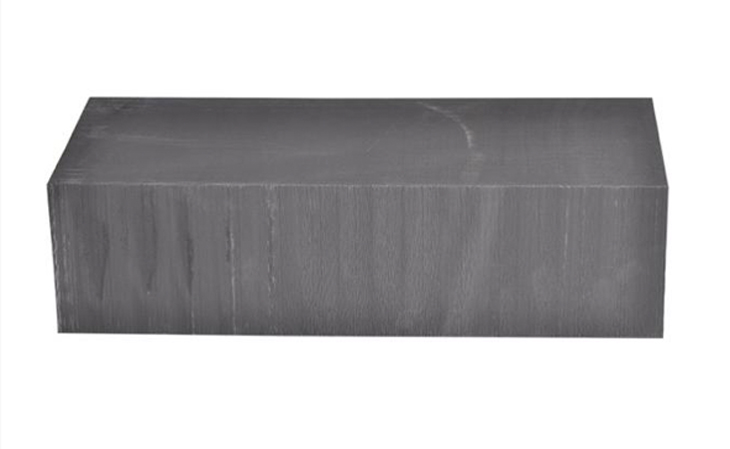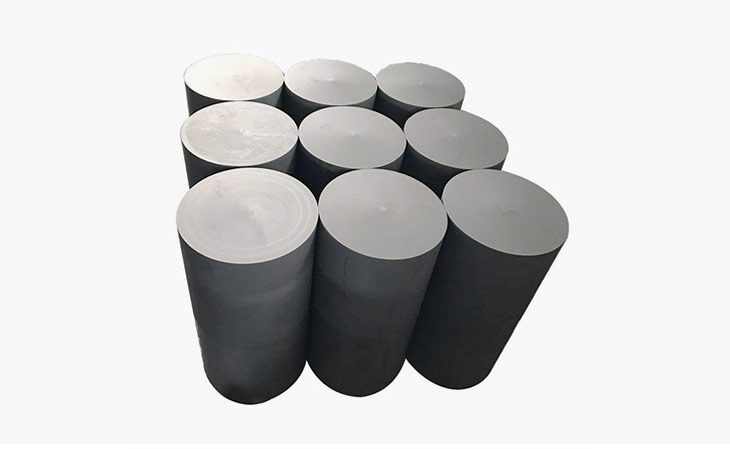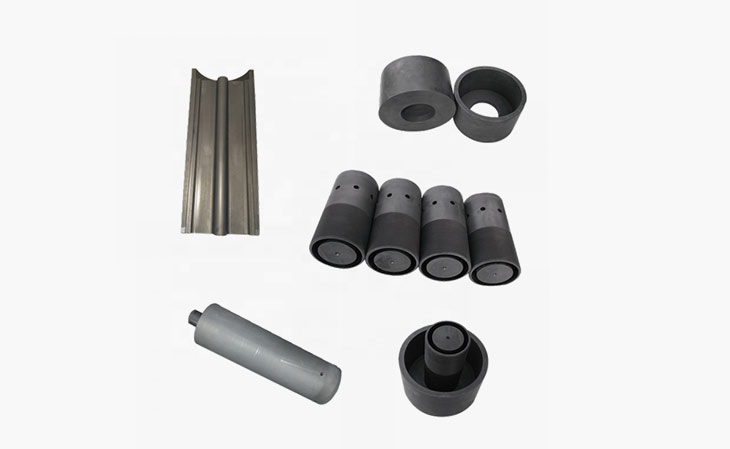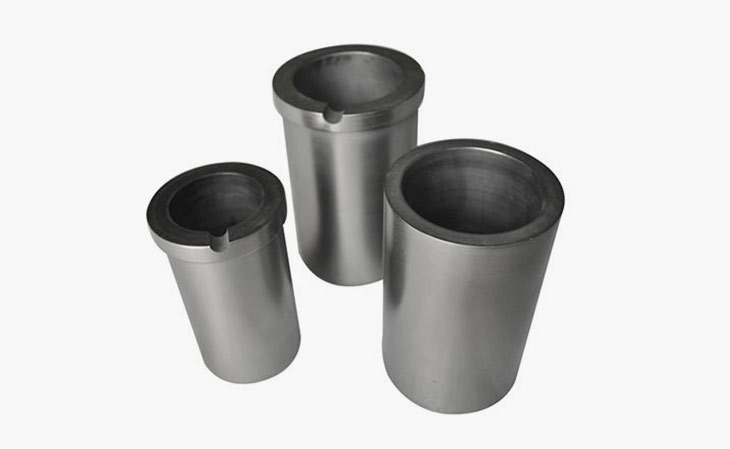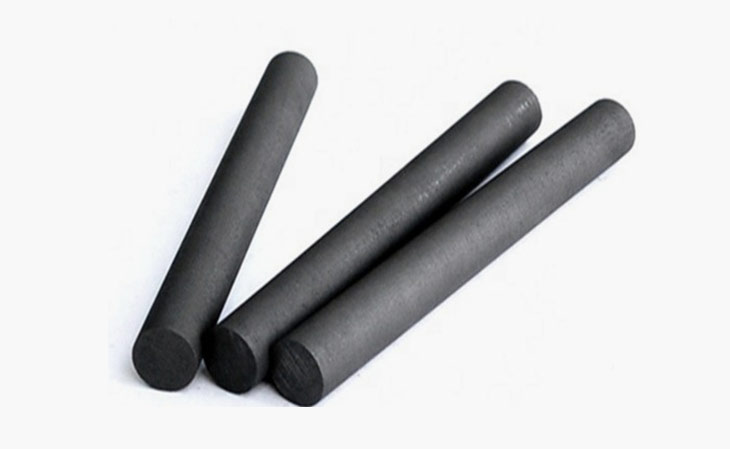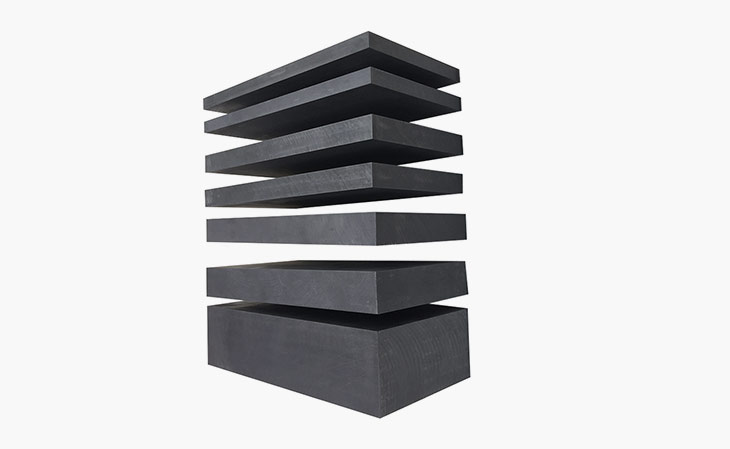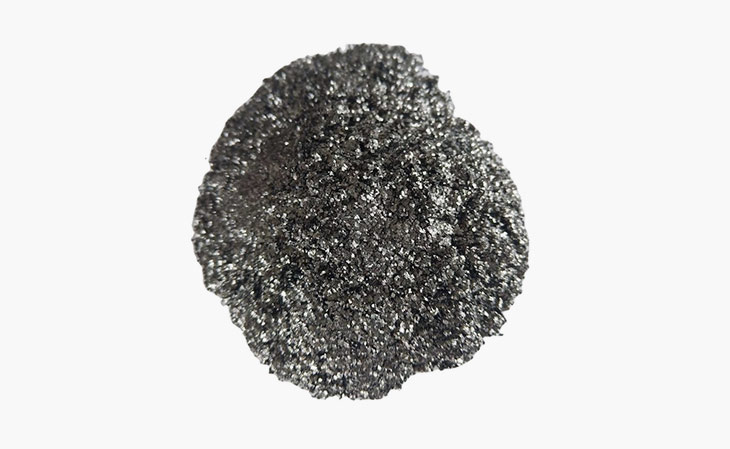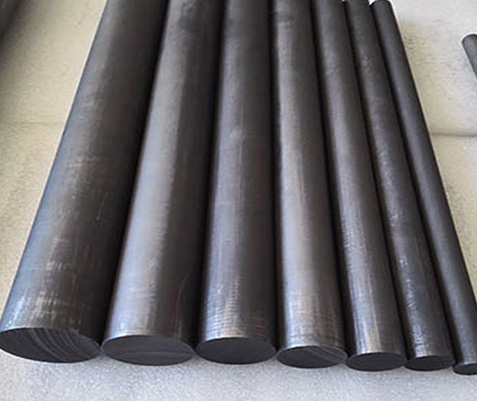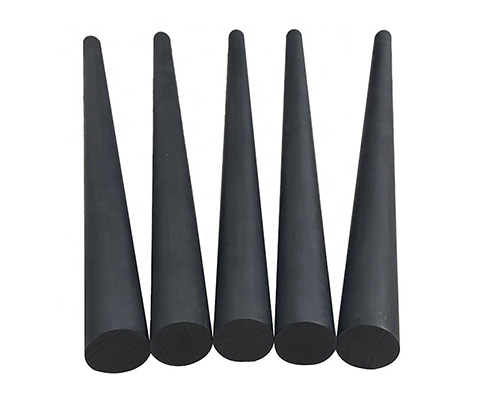1. In the heating area, utilize graphite rods with good red-hot uniformity. The rod's red-hot uniformity will affect the furnace temperature uniformity and shorten the rod's service life. The rod's red-hot uniformity will steadily diminish over time, resulting in severe rod breaking.
2. The shorter the life of the graphite rod, the higher the temperature of the heating graphite rods. When the surface temperature of the rod surpasses 1500°C, the oxidation rate is accelerated, and the rod's life is decreased. So, try not to let the surface temperature of the graphite rod be too high in use.
3. After the graphite rod has been heated in the air, a dense silicon oxide film forms on the surface, which protects the rod from oxidation and extends its life. For intermittent use, kiln temperature changes will cause the protective film on the rod's surface to tear, weakening the protective effect and increasing the rod resistance value.
The supporting electrical control system should leave sufficient margin for voltage adjustment to ensure a stable temperature of graphite vacuum furnace and meet the needs of rapid temperature rise, i.e., when the rods are new, the furnace design and power can be met at a lower voltage. As the rods' resistance value increases over time, the voltage must be increased accordingly to meet the needs of rapid temperature rise. A voltage adjustment is used to alter the graphite rod's power. The graphite rod should be regulated via a thyristor or voltage regulator if it is possible. A dynamometer that varies the number of cycles is rarely used to modify the power.
4. The graphite rod surface load density is obtained in general from the link between the furnace temperature and the graphite rod surface temperature, and a power of 1/2-1/3 of the graphite rod's maximum surface load density is recommended. The high density graphite rod's surface temperature rises in direct proportion to the flow rate applied to it. It is suggested that the lowest possible surface load density be used (power).
Please note that the current and voltage values recorded at the cold end of the graphite rod are measured in air at 1050°C + -50°C and may not correlate to actual use.
5. When using the graphite rod indefinitely, it's best to gradually increase the voltage to ensure a long life.
6. Connect graphite rods in parallel. When graphite rods with different resistance values are connected in series, the load on the higher resistance graphite rod is concentrated, resulting in a quick increase in one graphite rod's resistance and a shorter life.
At the same time, the grouping of resistance values must be strengthened, i.e., the resistance values of the same set of rods should be as close as possible. When connected in parallel, the resistance value of the same set of rods deviates by 10-15%, and when connected in series, the resistance value deviates by 5-10%. The smaller the needed resistance deviation, the higher the furnace temperature.
 English
English
